Stockholm-based Fishbrain announced that it has raised $6M (€5.4M) in a growth financing round co-led by Swedish venture capital fund Industrifonden and New York-based investment firm Lucerne Capital Management.
The company says the funding will be used to develop new product features and enhance the fishing experience for millions of its users worldwide.
Industrifonden investment director, Tomas Bie, says that the company’s decision to increase its ownership share and become actively involved in the company through this strategic investment is driven by the immense value Fishbrain offers to fish enthusiasts and partners worldwide. It is also motivated by the promising long-term prospects in the outdoor industry and lifestyle market.
“We have been impressed by Fishbrain’s growth and development over the last couple of years,” Lucerne Capital founding partner & portfolio manager Pieter Taselaar says.
According to him, the company is also confident that this investment will empower it to expedite its aspirations and strengthen its global dominance as the foremost fishing app.
Fishbrain is an innovative fishing app that offers a range of features to enhance the fishing experience. With Fishbrain, anglers can fish smarter by accessing a variety of tools and information right at their fingertips.
Fishbrain offers a key feature called Fishing Spots, which allows users to explore a vast database of fishing spots. With over 14 million verified catches logged by the Fishbrain community, anglers can discover hidden gems they may not have known about.
In addition to Fishing Spots, Fishbrain provides Depth Maps, which allows users to create strategies based on observable structures and water depth. Contour lines and colours on the maps indicate the depth of bodies of water, helping anglers identify potential fishing hotspots.
Fishbrain also offers a Logbook feature that enables anglers to record their catches. By logging catches in the app, users can keep track of what, where and when they caught a fish and the bait or technique used.
Fishbrain data reveals insights into the effects of climate change on fish
Zachary McDonald from Ball State University employs data extracted from Fishbrain to examine how climate change affects fish. “We’re using the catches that are logged in the app itself as our wildlife data for our project,” says McDonald.
Paul Venturelli, who serves as McDonald’s advisor and is an associate professor of fisheries at Ball State, adds that using digital data to study the impacts of climate change on fish is becoming more widespread.
Under a data-sharing agreement with Fishbrain, McDonald and a research team led by Venturelli obtained fishing data from across the United States. Fishbrain shares anonymised data, which it updates every six months. McDonald’s thesis relied on the data gathered between 2015 and 2020.
Fishbrain’s partnerships manager Nate Roman says the company is dedicated to conservation efforts and aims to support projects that benefit the environment, fisheries and anglers.
He emphasises the potential of utilising their extensive data set of catch reports to benefit anglers and contribute to the protection and preservation of fisheries through informed decision-making.
Venturelli says that processing the data requires some effort. There are instances where fish species exclusive to the ocean are mistakenly recorded in lakes. He adds that Fishbrain also occasionally encounters instances of exaggeration, where extremely large or small fish are flagged for review.
“We have to still account for the fact that people that use the app may not be fishing for all the species that we’d like them to,” McDonald says.
The research outcomes show that as climate change warms water bodies across the country, warm-water fish become more dominant, while cool-water species face a decline.
This trend is especially evident in the Great Lakes, Northeast, and parts of the West Coast. It’s essential to consider additional factors, like certain fish species gaining popularity among anglers or population changes due to pollution.
McDonald points out that the data is beginning to align with findings presented in other literature addressing the same subject.



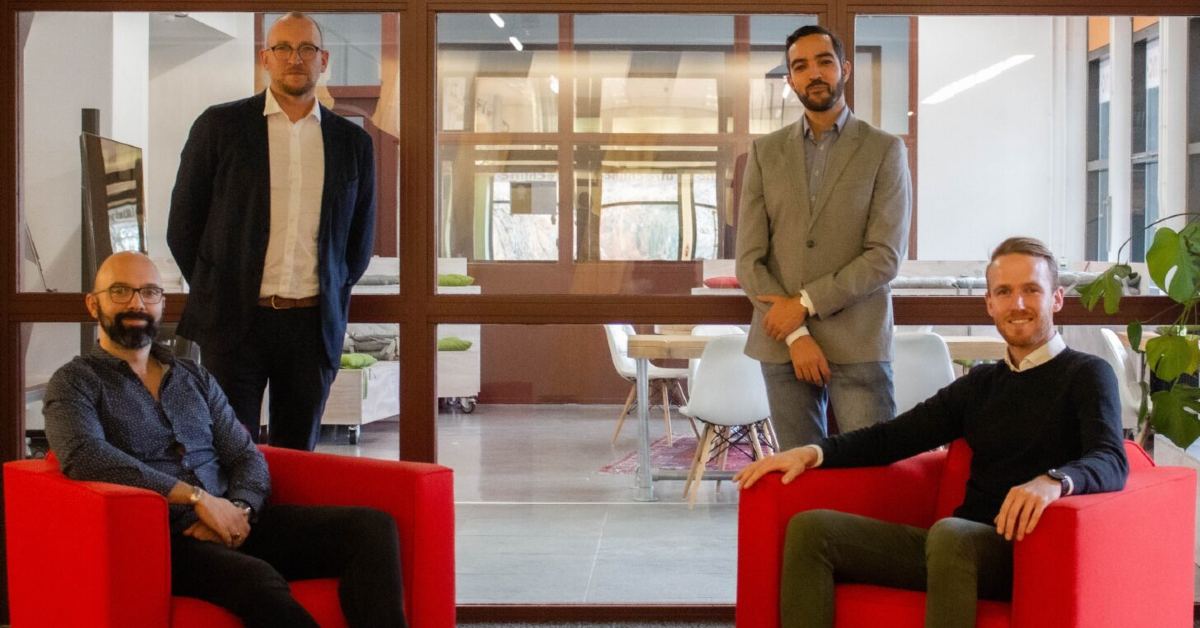
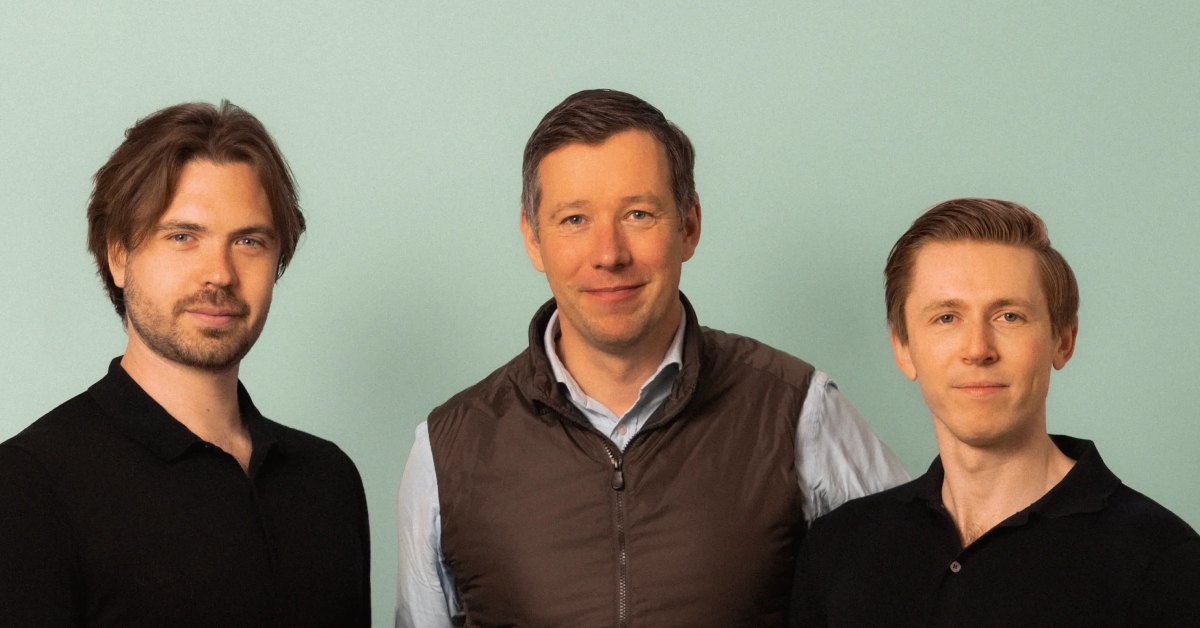
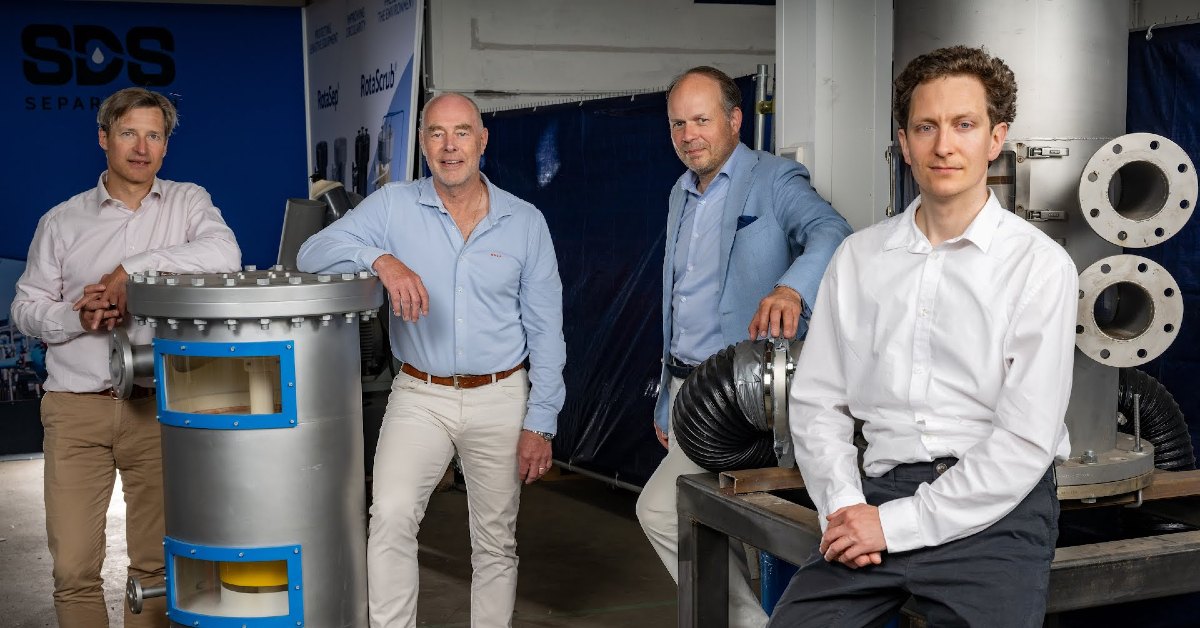
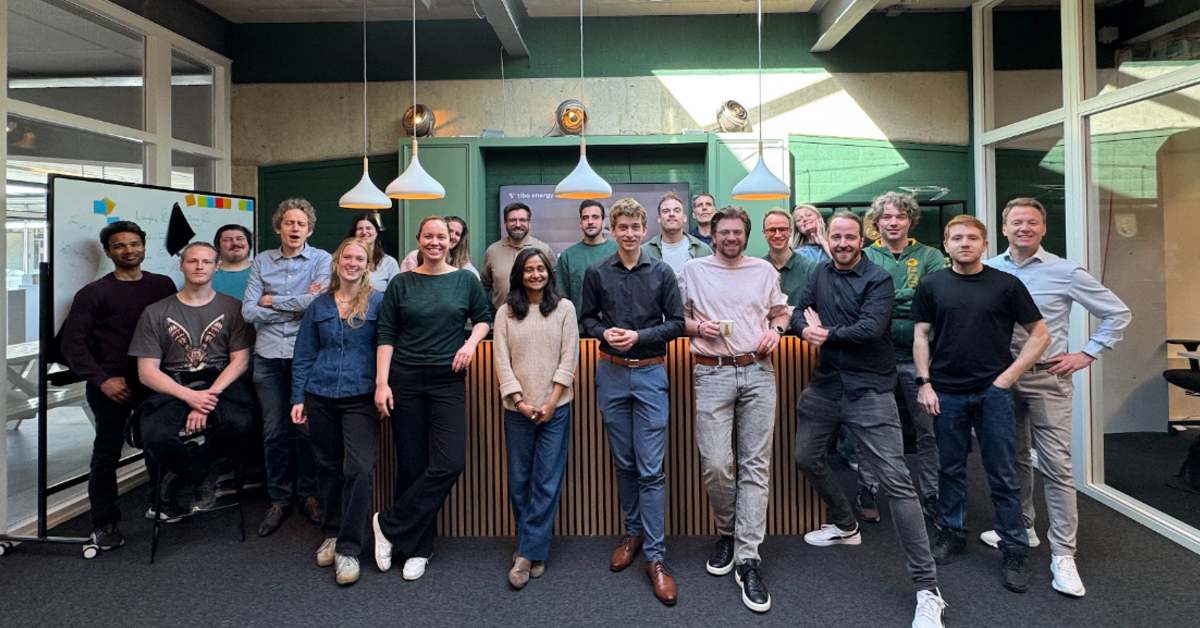
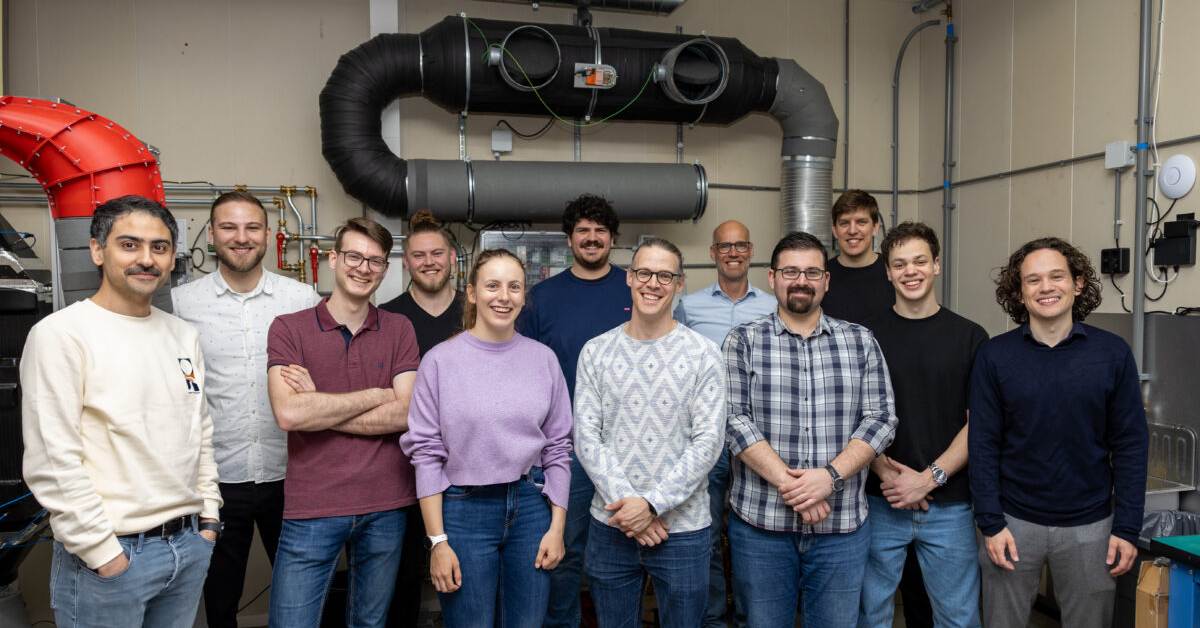
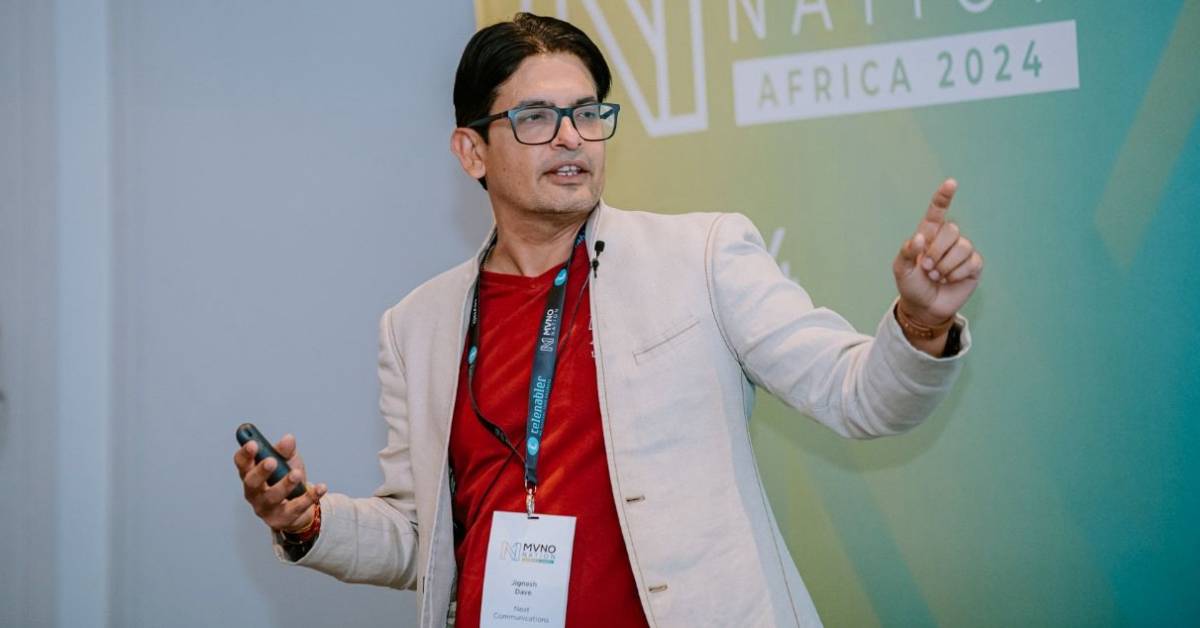

01
From telecom veteran to Dutch Startup Visa success: The Jignesh Dave story